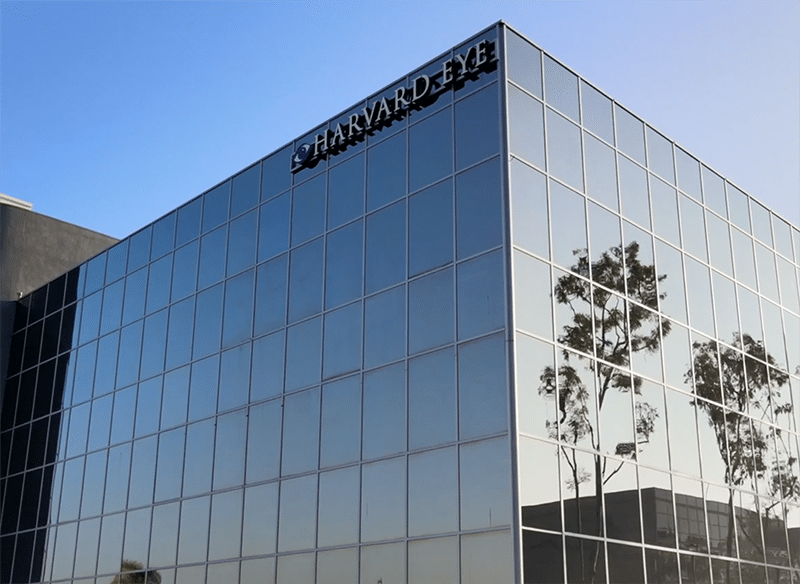When it comes to comparing LASIK versus PRK, the procedures have both similarities and differences. LASIK and PRK are both refractive eye surgeries that can be used to correct the following vision issues:
- Myopia (nearsightedness)
- Hyperopia (farsightedness)
- Astigmatism (distorted or blurry vision)
Both procedures use an excimer laser to reshape the cornea so that when light enters the eye it is focusing properly on the retina, resulting in clear vision. Your surgeon sculpts what is known as the stromal layer of the cornea to achieve the desired corneal shape for vision correction.
PRK was the first laser eye surgery approved for vision correction, and LASIK came on the scene later.
In LASIK, your surgeon creates a flap in the corneal tissue. The flap of tissue is lifted so the laser can be applied to reshape the inner layers of the cornea. The computer-controlled surgical laser carefully reshapes the layers of the cornea to repair imperfections in curvature that lead to distorted vision. The corneal flap is then put back in place and heals over the reshaped part of the cornea in a few days.
In PRK, your surgeon does not create a flap of corneal tissue. Instead, the outer (epithelial) layer of the cornea is removed to expose the area for the laser to reshape. This makes PRK a better choice for people whose eyes meet certain criteria, such as having thin corneas or chronically dry eyes.
A significant difference between LASIK and PRK is the initial discomfort and the speed of visual recovery. Recovery from PRK takes a little longer than from LASIK because the outer layer of the cornea needs time to heal. PRK patients can expect it to take one to three days for the discomfort, blurring and other post-surgical effects to subside, and it will take up to six months for vision to reach absolute peak acuity and clarity. LASIK recovery is much faster. The discomfort following LASIK surgery is usually mild and short term. While most patients report seeing normally within several hours after the procedure, their vision continues to improve gradually for several months before reaching peak quality.
Both surgeries are safe and effective and carry a very high rate of patient satisfaction. Because every patient’s eyes are unique, it’s important to have a thorough examination with an experienced eye surgeon such as your surgeon in San Clemente. Your surgeon has performed thousands of corrective vision surgeries and can recommend the type of surgery and treatment which is best for your individual situation. If you would like to learn more about LASIK or PRK surgery options, contact Harvard Eye Associates at 949-951-2020 or harvardeye.com to schedule a free consultation.





